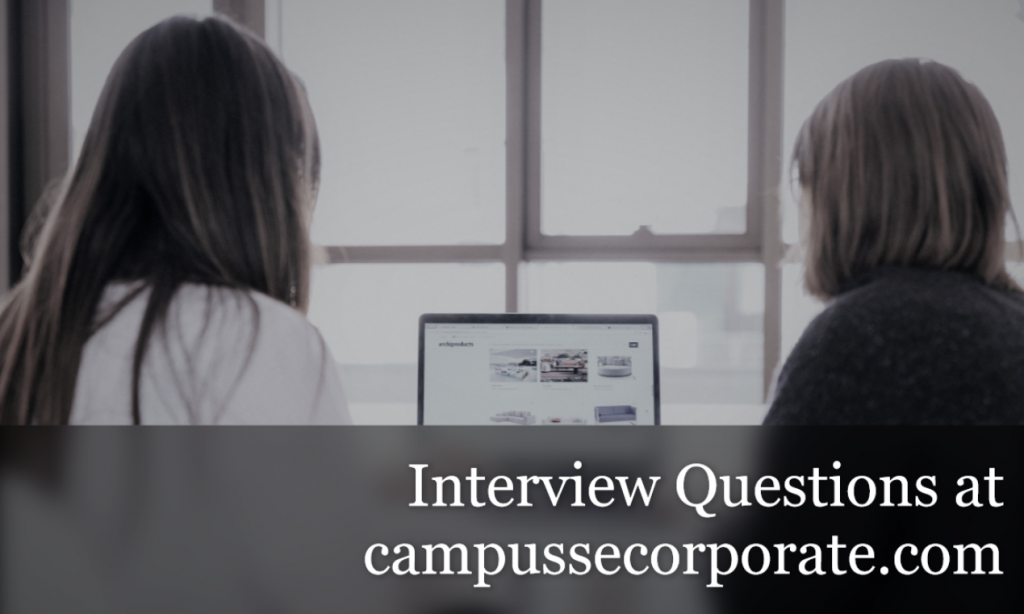Google Interview Questions for a full-time job as a Product Analyst.
Process – Resume Shortlisting → Questionnaire →Technical Interview with Product Analyst (1 round – 1hr) → Recruiter Call (15-20 min)→ Virtual Interviews (4 rounds – 45 mins each) → Fit calls (2 rounds – 30 mins each)
Note that the fit calls are scheduled in case mixed feedback is received from the interviewers of previous rounds.

Interview Process
Questionnaire:
Questions were asked about past projects, statistical tools and proficiency level, and interest areas within Data Science.
Round 1 (Technical Interview with a Product Analyst)
- A brief introduction of the interviewer and the interviewee.
- An in-depth discussion on my projects in my current role.
- What is A/B testing?
- Can you please define the process of conducting an A/B test?
- Suppose you are a product analyst at Google. Your team works on Youtube and hence you have been assigned a task to assess the performance of Youtube. Which metrics would you use?
- Which tools are you comfortable with? (SQL/Python/R etc)
- Do you have any questions for me?
Round 2 (Coding abilities)
This round consisted of two questions on SQL and 1 question on Python.
SQL questions required grouping the data and then applying aggregating functions.
The Python question consisted of writing a user-defined function to return a summary table on filtered data as explained by the interviewer.
Round 3 (Googleyness)
- Introduction and discussion on current projects.
- Have you ever worked in a team? Can you explain with an example, the challenges you faced during the project?
- How did you deal with those challenges?
- Have you ever been subjected to biased treatment? How did you handle the situation?
- Have you ever felt overburdened? How did you deal with high-pressure situations?
- Do you have any questions for me?
Round 4 (Business Acumen)
- Introduction
- Suppose you are a product analyst in a company. An email campaign has to be sent to the customers. When should this email be sent? Which factors would you consider while deciding the time? (no further details were given about the company)
- Suppose you are working with the signing team at google. How would you identify a set of customers who are more likely to get signed out of their Google accounts while signing on other websites? (Assume you have past data available)
- What are the assumptions of a logistic regression model?
- How do you assess the performance of a logistic regression model?
- Do you have any questions for me?
Round 5 (Statistical Analysis)
- Introduction and discussion on current projects.
- What is the probability of getting a tail in the second flip of a coin, given that you observed a head in the first flip?
- What are the steps of conducting an A/B test?
- How do you determine the sample size for running an A/B test? Are there any factors that are specific to the business problem statement?
- What is your favorite google product? (I said photos)
- What metrics can you use while running an A/B test on photos?
- Suppose the number of total pictures uploaded on photos has declined. How would you assess the problem? What would be your recommendation to the product managers?
- Do you have any questions for me?
Fit Calls
The objective of a fit call is
- The interviewer reviews if the interviewee would be a good fit for the team.
- The interviewee gets more understanding of the role and whether it aligns with his expectations or not.
A fit call is usually an informal discussion about past projects, strengths and weaknesses, and the job role.
For any suggestions, please reach out to us on LinkedIn. You can also schedule a meeting by visiting the Contact page.
Please find some of the resources that helped us here.
Like these, Google Interview Questions, you can create an impact by talking about your interview experience. Please fill out this form and help students get a perspective about the interview structure and questions.
You can read other articles here.
Cheers and Best!